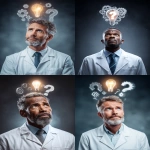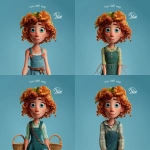Explore the Best AI Image Gallery

Imagining the Future: AI Image Generation and Marketings Creative Revolution
The marketing landscape is constantly evolving, driven by technological advancements that reshape how brands connect with their audiences. One of the most exciting and potentially disruptive innovations in recent years is AI image generation. This technology empowers marketers to create compelling visuals with unprecedented speed, efficiency, and customization, ushering in a new era of creative possibilities.
A New Creative Arsenal for Marketers
AI image generation tools utilize machine learning algorithms trained on massive datasets of images and text. By analyzing patterns and relationships within these datasets, AI models can generate original images based on user-provided prompts or descriptions. This opens up a world of possibilities for marketers:
- Personalized Content: Create unique visuals tailored to individual customer preferences, demographics, or interests, enhancing engagement and conversion rates.
- Rapid Prototyping: Quickly iterate through design concepts and visualize marketing campaigns before committing to expensive production runs.
- Cost-Effectiveness: Reduce reliance on freelance designers or in-house creative teams, streamlining workflows and lowering costs.
- Enhanced Storytelling: Generate visuals that bring marketing narratives to life, captivating audiences and conveying complex messages more effectively.
Ethical Considerations: Navigating Uncharted Territory
While the potential benefits of AI image generation are immense, its crucial to address the ethical considerations surrounding this technology:
- Bias and Representation: AI models are susceptible to biases present in their training data. This can result in generated images that perpetuate harmful stereotypes or lack diversity.
- Copyright and Ownership: Questions arise regarding the intellectual property rights of AI-generated content. Who owns the copyright – the user, the AI developer, or the dataset provider?
- Transparency and Explainability: The decision-making processes of AI models can be opaque, making it difficult to understand how images are generated. This lack of transparency raises concerns about accountability and potential misuse.
Shaping the Future: Trends and Predictions
The field of AI image generation is rapidly evolving, with ongoing research and development pushing the boundaries of whats possible:
- Increased Realism and Detail: Expect AI-generated images to become increasingly realistic and detailed, blurring the lines between human-created and machine-generated art.
- Interactive and Dynamic Content: AI models will likely be able to generate interactive or dynamic images that respond to user input, creating more engaging and personalized experiences.
- Integration with Other Technologies: AI image generation will likely be integrated with other technologies like virtual reality (VR), augmented reality (AR), and the metaverse, opening up new realms of creative expression and storytelling.
Conclusion
AI image generation is poised to revolutionize the marketing industry, offering marketers unprecedented creative tools and opportunities. By embracing this technology responsibly and addressing the ethical considerations, brands can harness its power to create compelling visuals, enhance customer engagement, and drive innovation in their marketing strategies.

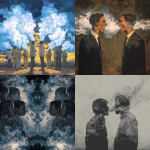
](https://images.ai-img.art/thumbnails/150/1202074d0d60b08b64d0f91f36468608aaac200a02b721cc8e6d8ec8a908432c.webp)


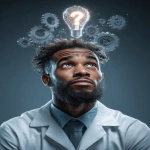



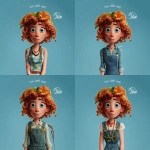
](https://images.ai-img.art/thumbnails/150/6c909fd6d38caac6572b592dd97831deb7d6562bba142798574677582676dfc1.webp)


](https://images.ai-img.art/thumbnails/150/655229c40961cb7ff5abd4b4190e02c94ea1a961106e7547a562649c945268be.webp)





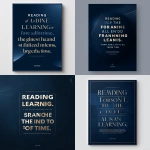

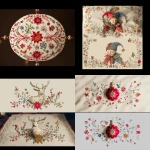
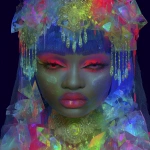
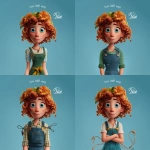



](https://images.ai-img.art/thumbnails/150/26c16e4f635deee86633de398088ca98d9bb748d6e7601436b07e882fab236cb.webp)


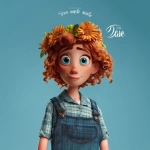
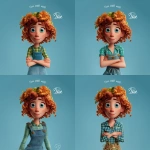

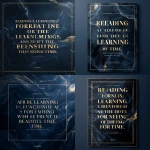






](https://images.ai-img.art/thumbnails/150/60973df1d727dbbf8e6922b7e4836814ab6012106eb9dcfe99aea7aec15f3710.webp)
](https://images.ai-img.art/thumbnails/150/184b4b030e30be0a6d51b544226cb4cf2271977814d935d3aaa2b7529355b3b7.webp)


](https://images.ai-img.art/thumbnails/150/e6a179db327f0374ec327d0fdab48ac1f2dc47123eed103b0a41ed346280d07d.webp)


